Week 1: Advanced Mid Elevation
Scroll down to study the birds by sight and sound, and then take the quiz.
Week 1 Birds
Mourning Dove, Eurasian Collared-dove, American Goldfinch, Lesser Goldfinch, Northern Flicker, Cooper’s Hawk, American Kestrel
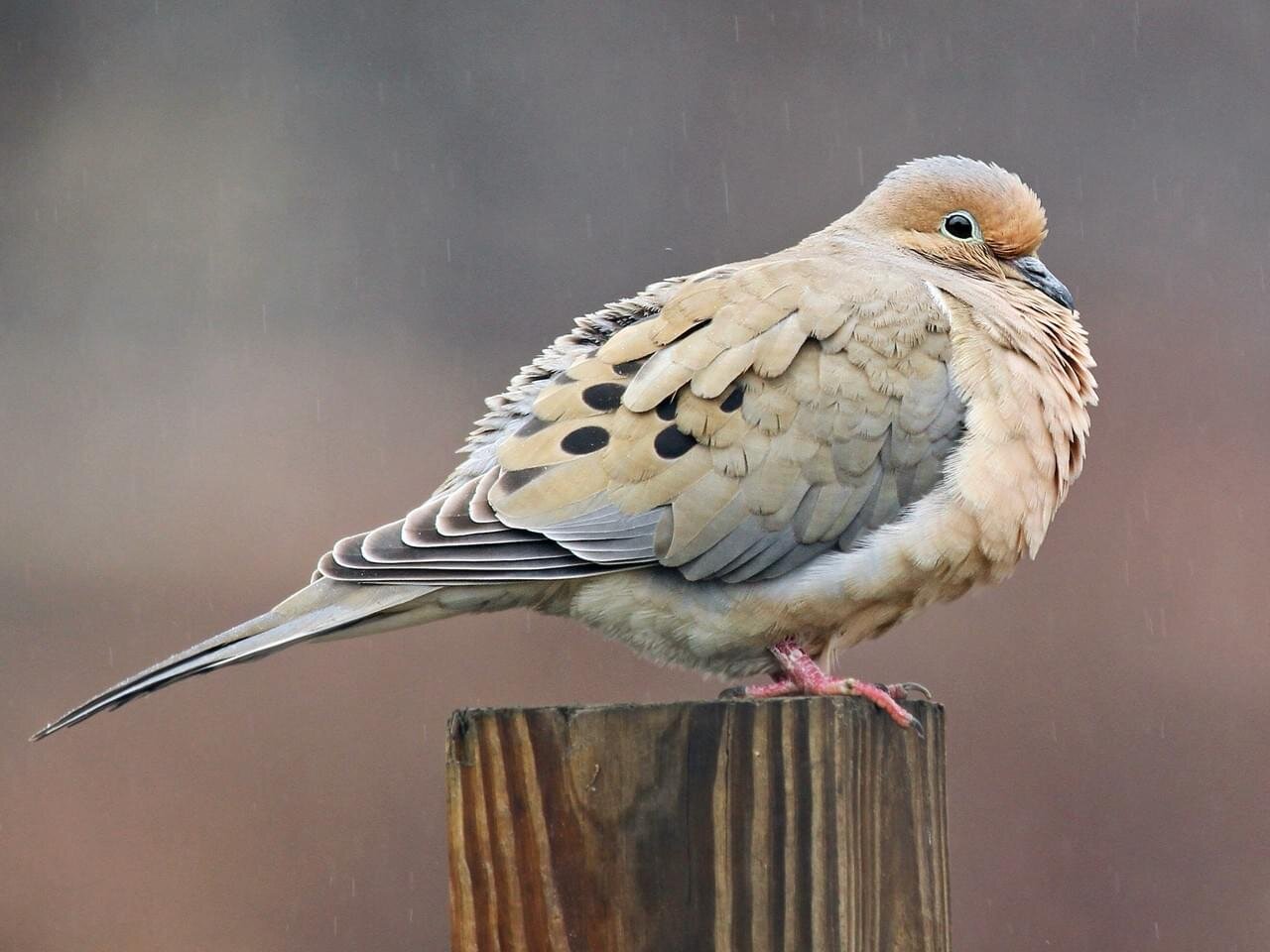
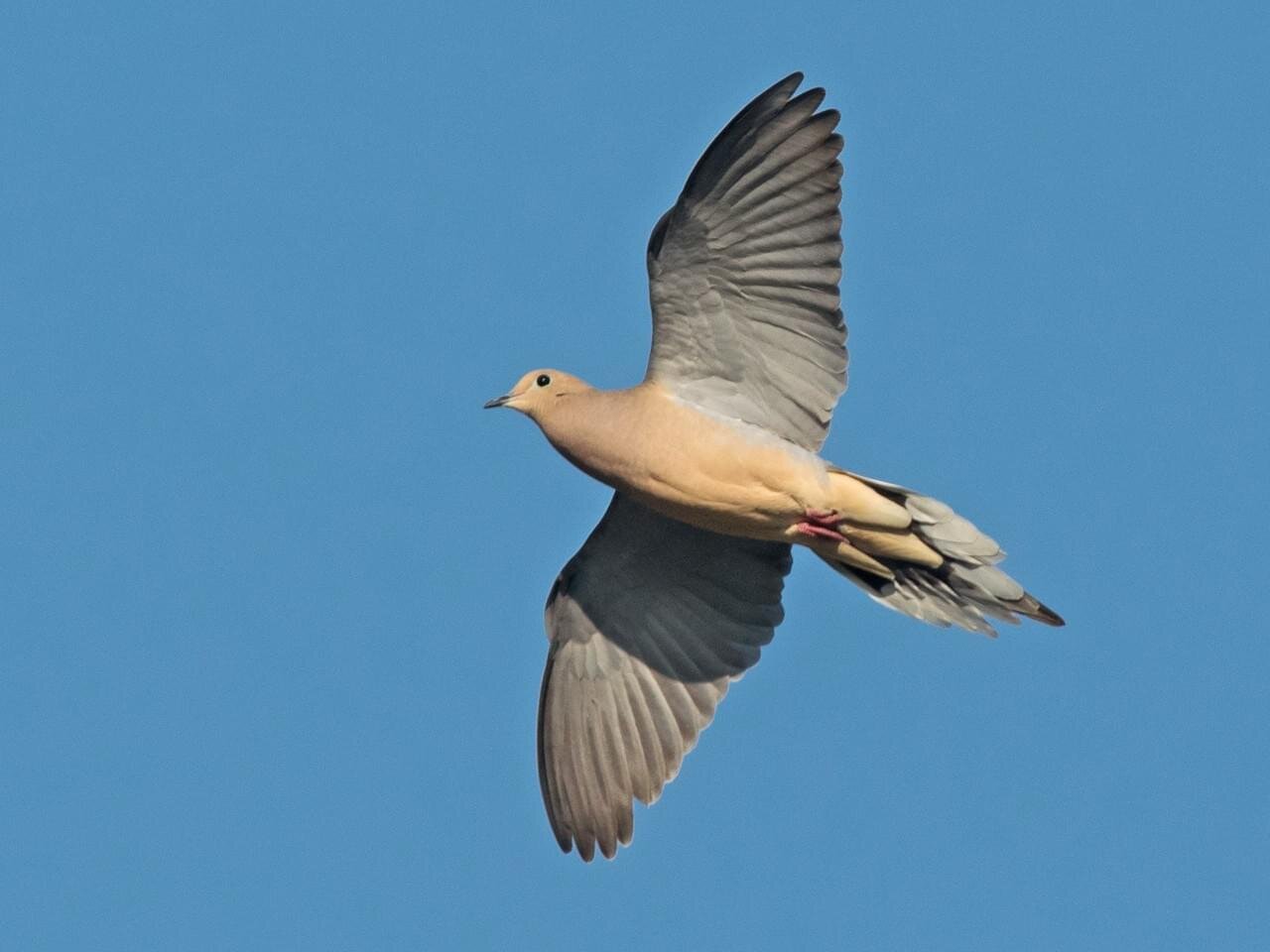
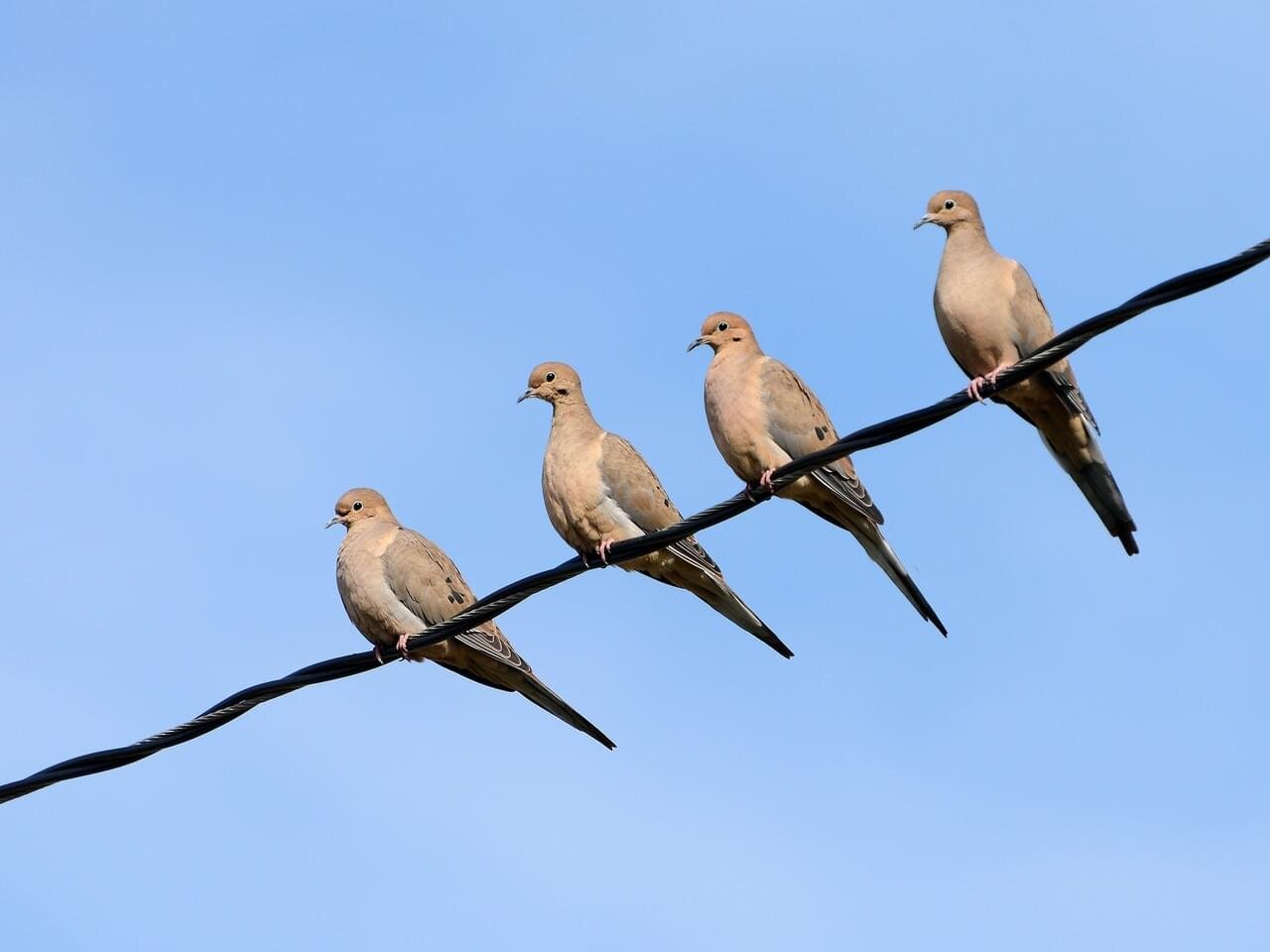
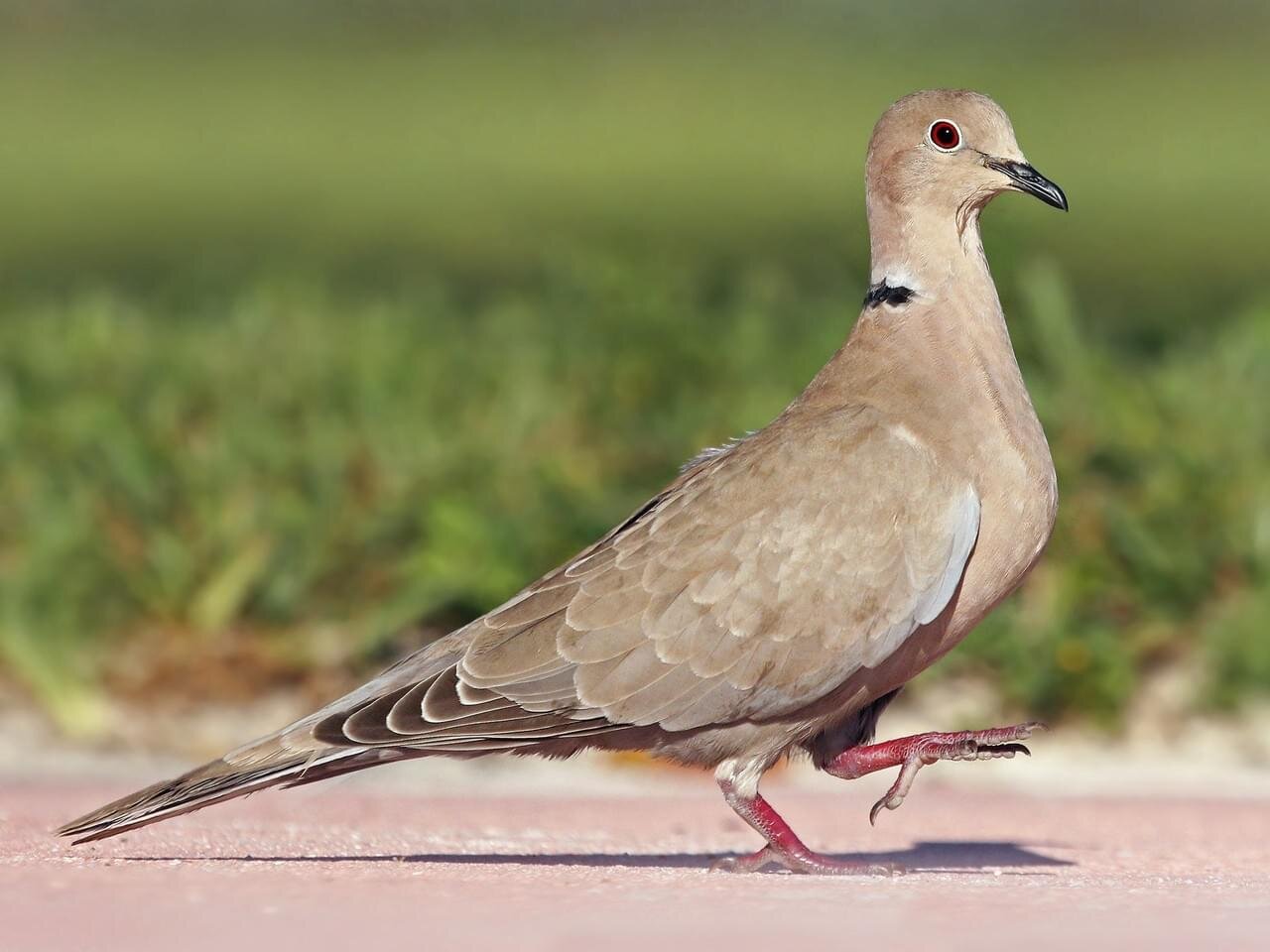
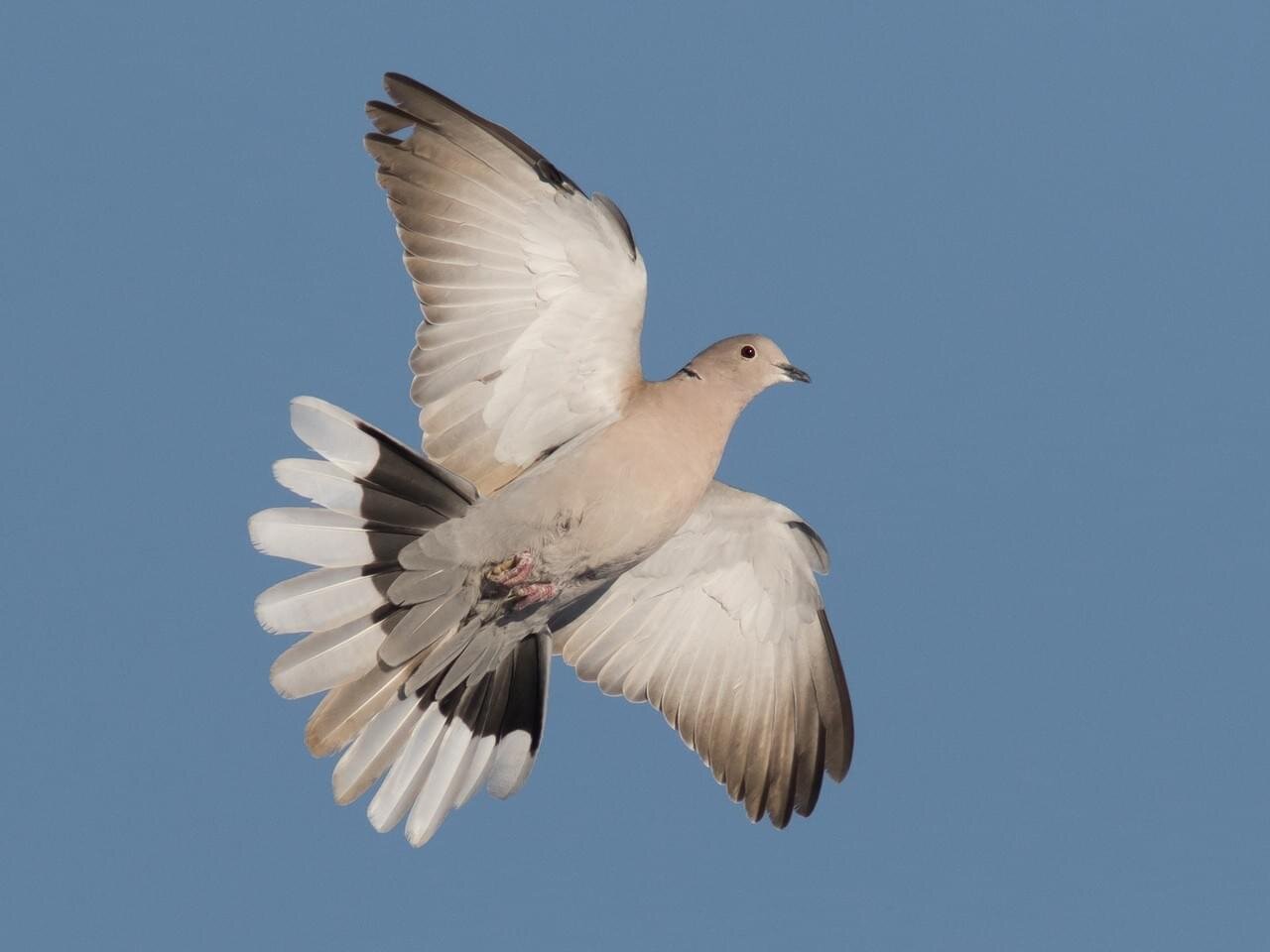
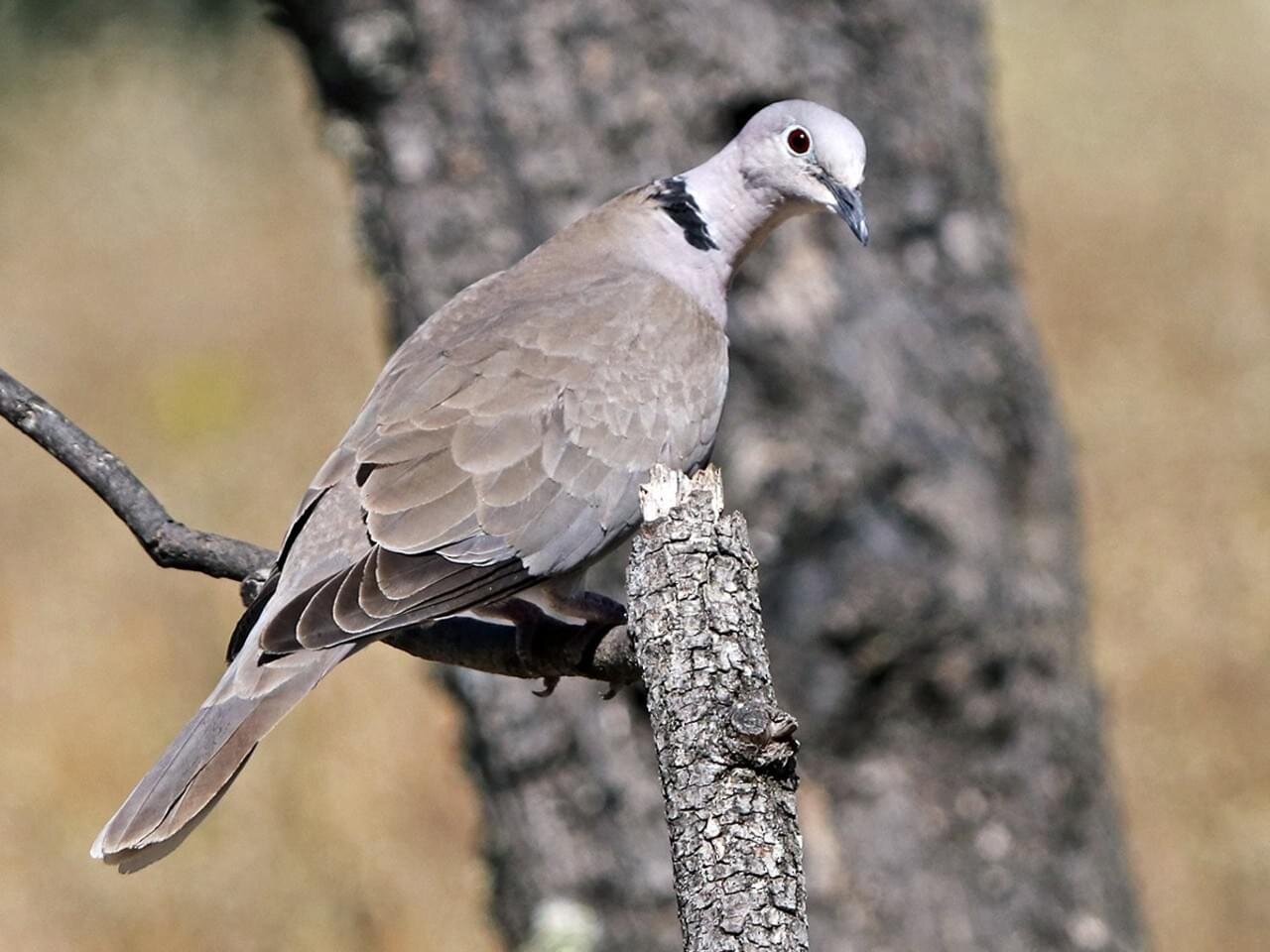
Eurasian collared-Dove
Bird Code: EUCD
Identify this bird by…
Large bird with square tail
The black “collar” around the back of its neck
Tell it apart by…
Larger and heavier than the Mourning Dove
Lacks spotting on side of body, instead this bird is overall a paler overall grey
Squared tail (rather than pointed/tapered)
Listen for…
A rhythmic, repeated, three-syllable hooting: “coo-COO-coo!” With three syllables (instead of five) and an emphasized middle note, the song is rhythmically different from the mourning dove. Also: a very harsh and nasal sound during flights.
Resources:
Mourning Dove
Bird Code: MODO
Identify this bird by…
Plump body, small head and bill, long-tail
Wings make an airy whinny, or whistle as they take off
Tell it apart by…
Darker and smaller than Eurasian-collared Dove
Tail is long and pointed (or tapered) in flight
Black spots on lower wings and rump
Dark smudge or dot on cheek
Listen for…
A mournful and slow hooting, five-syllable hooting: “oo-AAHH-hoo-hoo-hoo.” Listen also to the light, airy whistle of the wings when they fly.
Resources:








Lesser Goldfinch
Bird Code: LEGO
Identify this bird by…
Short, cone-like bill and short, notched tail
Yellow-green body, black (or grey) hat on head
Tell it apart by…
Black or grey cap covers entire head, not only forehead
Black or greenish back, yellow undertail
Listen for…
Call: Males give a wheezy and descending “tee-yer” call to females during courtship. They also give a couple of chit notes in flight.
Song: A jumble of clear notes mixed in with wheezes, trills, and stutters, lasting up to 10 seconds. Lacks the “potato chip” note.
Resources:
American Goldfinch
Bird Code: AMGO
Identify this bird by…
Short, cone-like bill and short, notched tail
Yellow body, black (or grey) cap on forehead
Tell it apart by…
Larger size compared to Lesser Goldfinch
White undertail
Listen for…
Call: 4-5 sweet notes is sometimes thought of as “potato chip” or “per-chick-o-ree.”
Song: long series of twitters and warbles. Listen closely for the “per-chick-o-ree”
Resources:









Cooper’s Hawk
Bird Code: COHA
Identify this bird by…
Broad, rounded wings and a very long tail
Head appears large, shoulders broad, and the tail rounded
Adults are steely blue-gray above with warm reddish bars on the underparts and thick dark bands on the tail
Juveniles/immatures are brown above and crisply streaked with brown on the upper breast,
Listen for…
Call: A loud, grating “cak-cak-cak” call that is 2-5 seconds long. To differentiate this call from the NOFL territorial call, note the difference in pitch. COHAs have a much lower, scratchy sound, while NOFLs have higher pitched and more musical sound.
Resources:
Northern Flicker
Bird Code: NOFL
Identify this bird by…
Undersides of the wing and tail feathers are bright yellow, for eastern birds (yellow-shafted), or red, in western birds (red-shafted)
White rump patch, seen in flight
Males have a black “moustache,” females do not
Listen for…
Call: a high and piercing “Clear!” or “Kyeer!” Also, a quieter, rhythmic and repeated “woik-a, woik-a, woik-a”. NOFA have a territorial call, too. This is a loud, rolling rattle that lasts for 7 or 8 seconds: “wik-wik-wik-wik-wik-wik.”
Resources:



American Kestrel
Bird Code: AMKE
Identify this bird by…
Roughly the size/shape of a MODO, but it has a larger head, longer and more narrow wings
Long, square-tipped tail
In flight, the wings are often bent and the wingtips are swept back
Males: Slate-blue wings
Females: Reddish-brown wings
Sideburns: black vertical slashes on the sides of the face is seen in both male and females
Listen for…
Call: made up of repeated two-syllable notes “killy-killy-killy!” Cooper’s Hawk and Northern Flicker only have one note calls. American Kestrel also have a much higher, thinner tone to their call than Cooper’s Hawk and Northern Flicker.
Resources:
